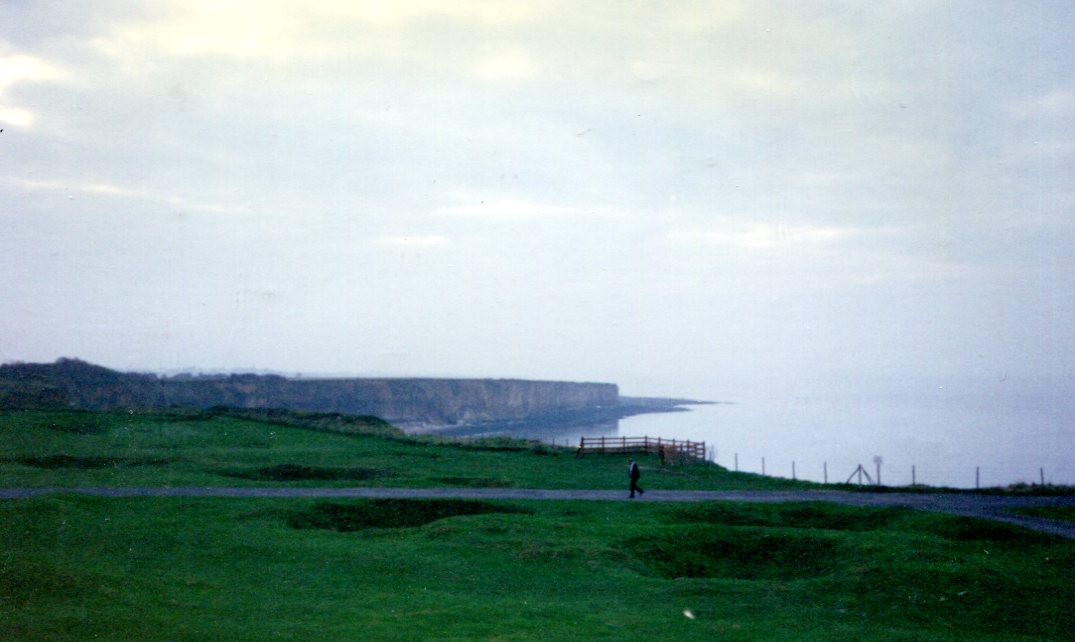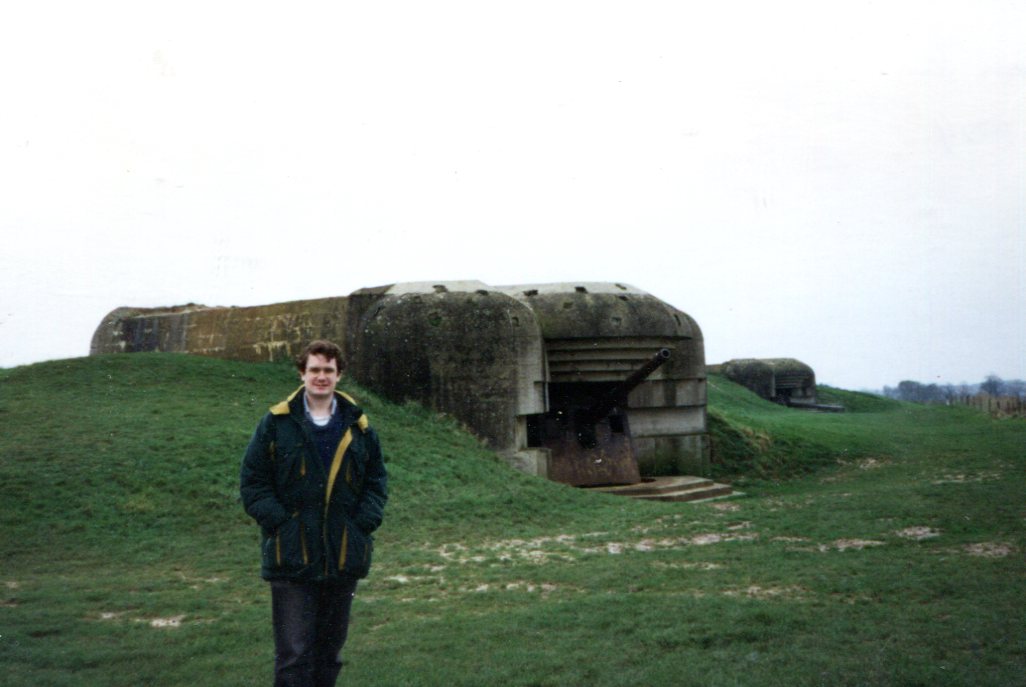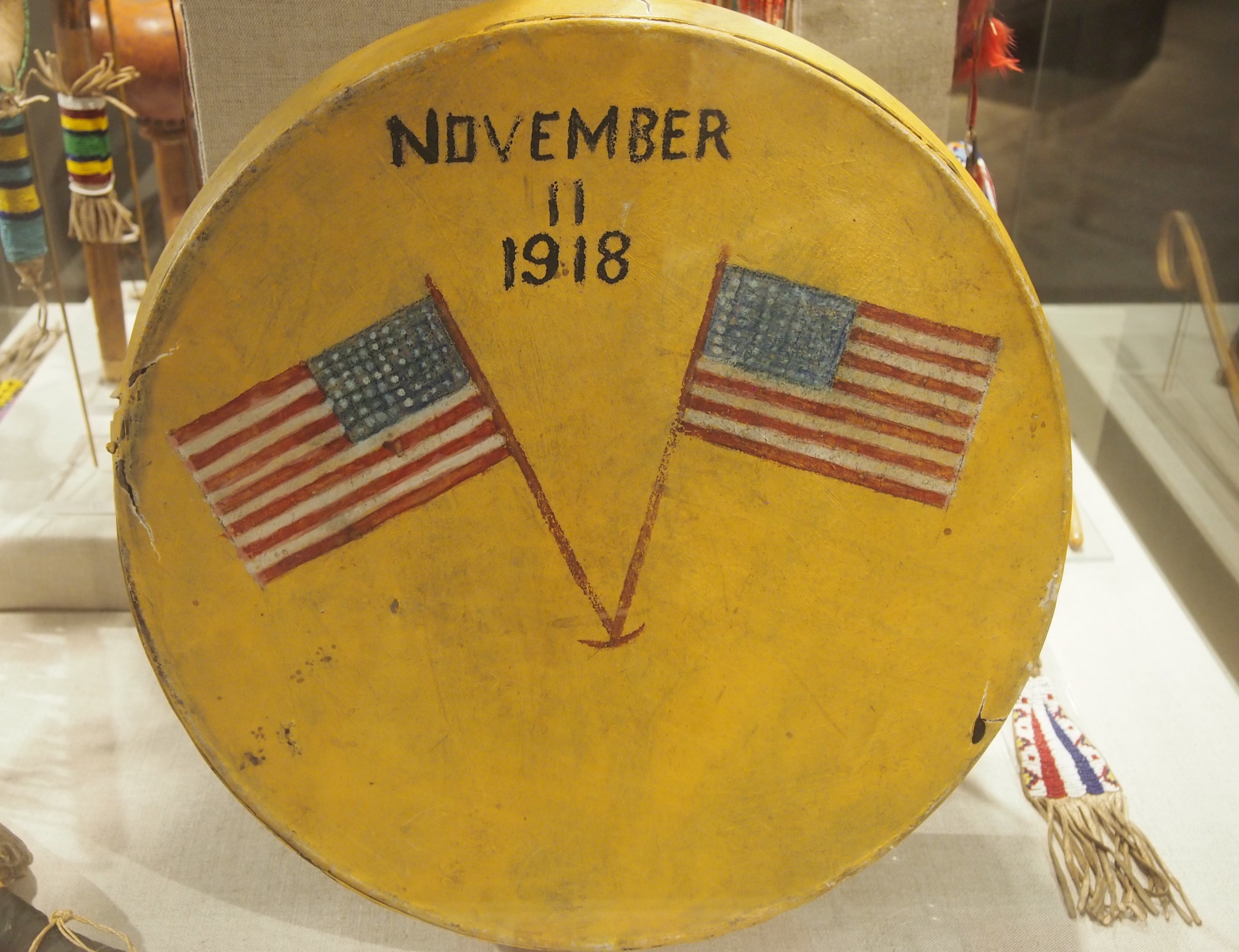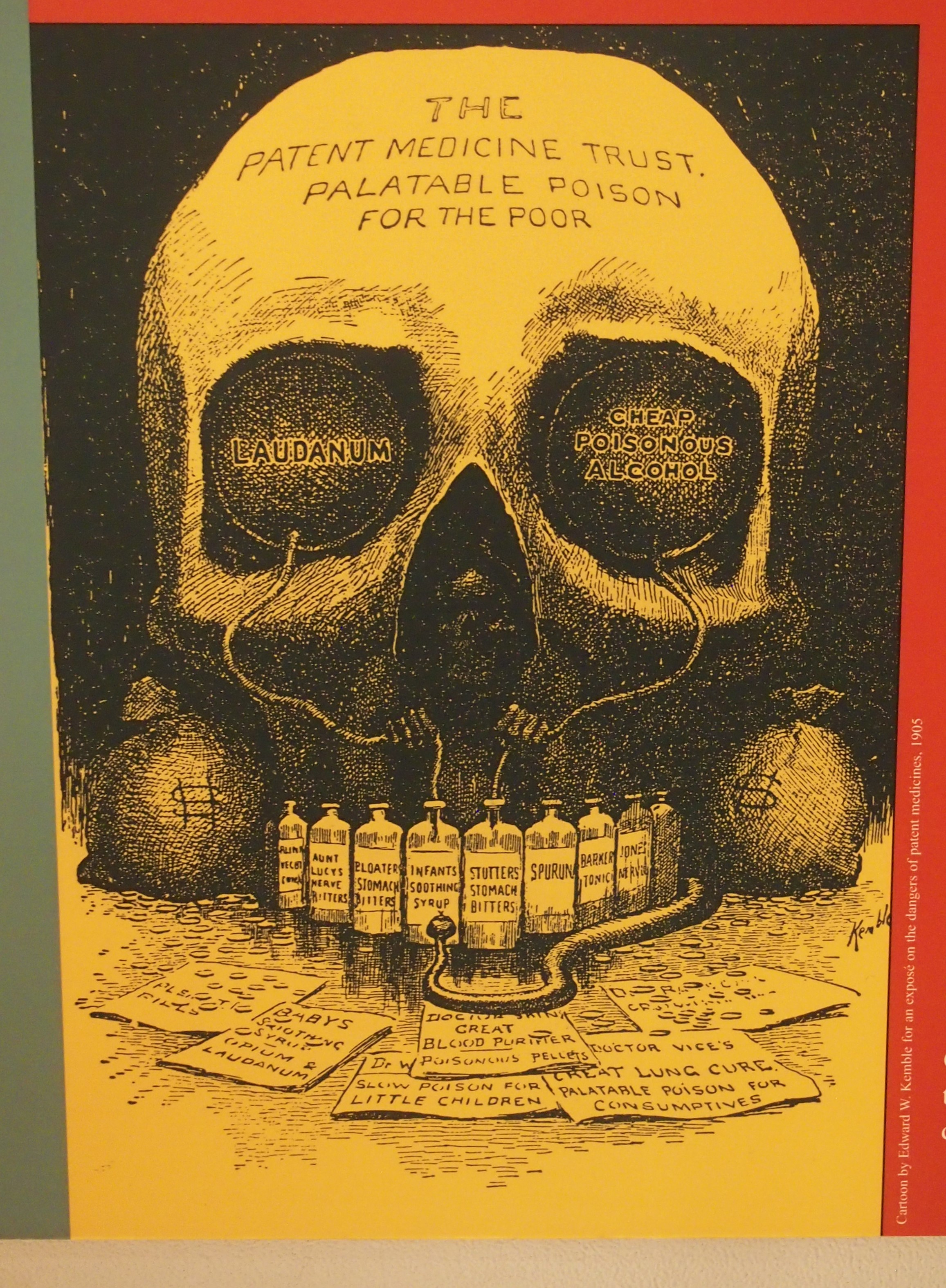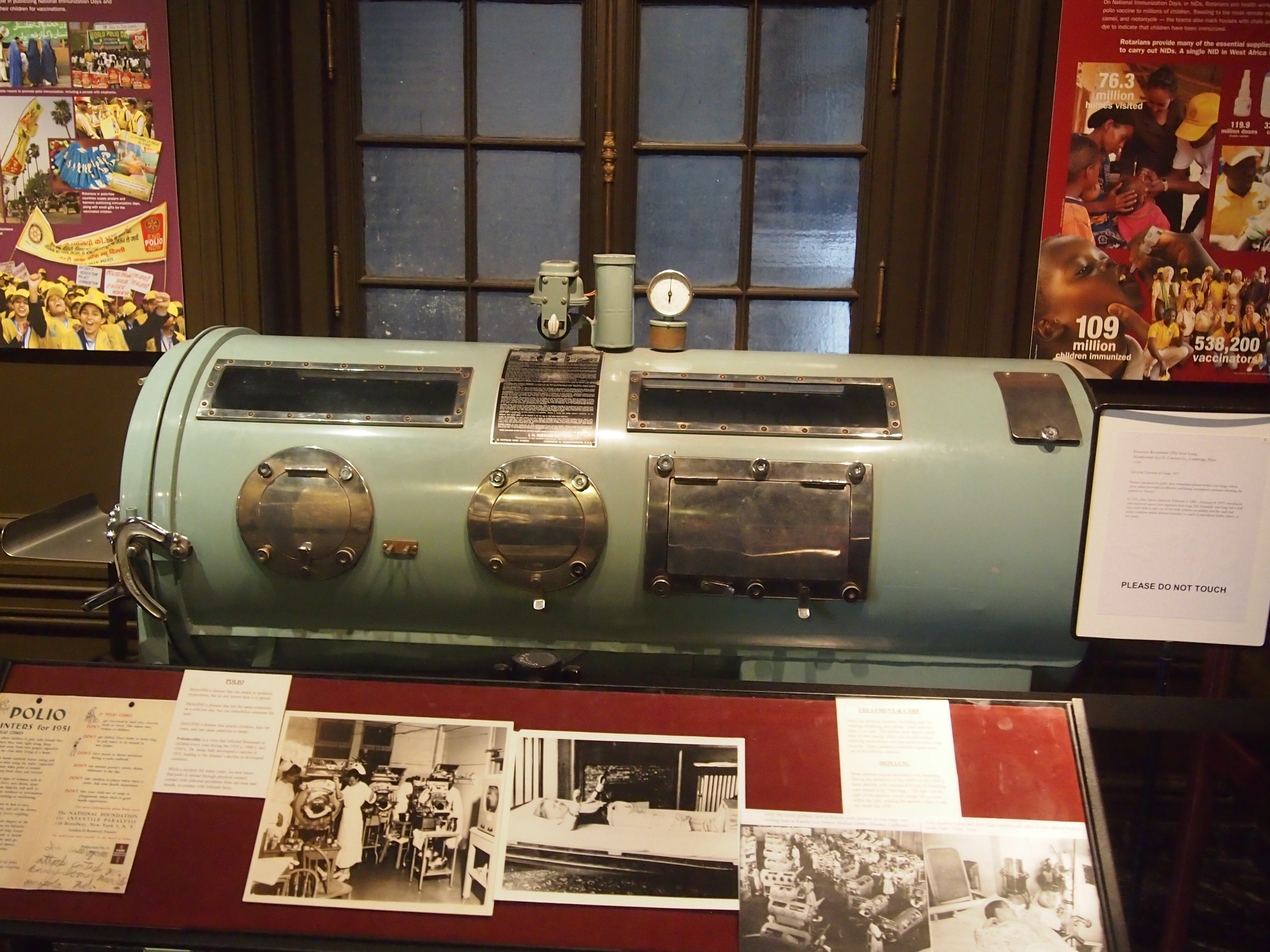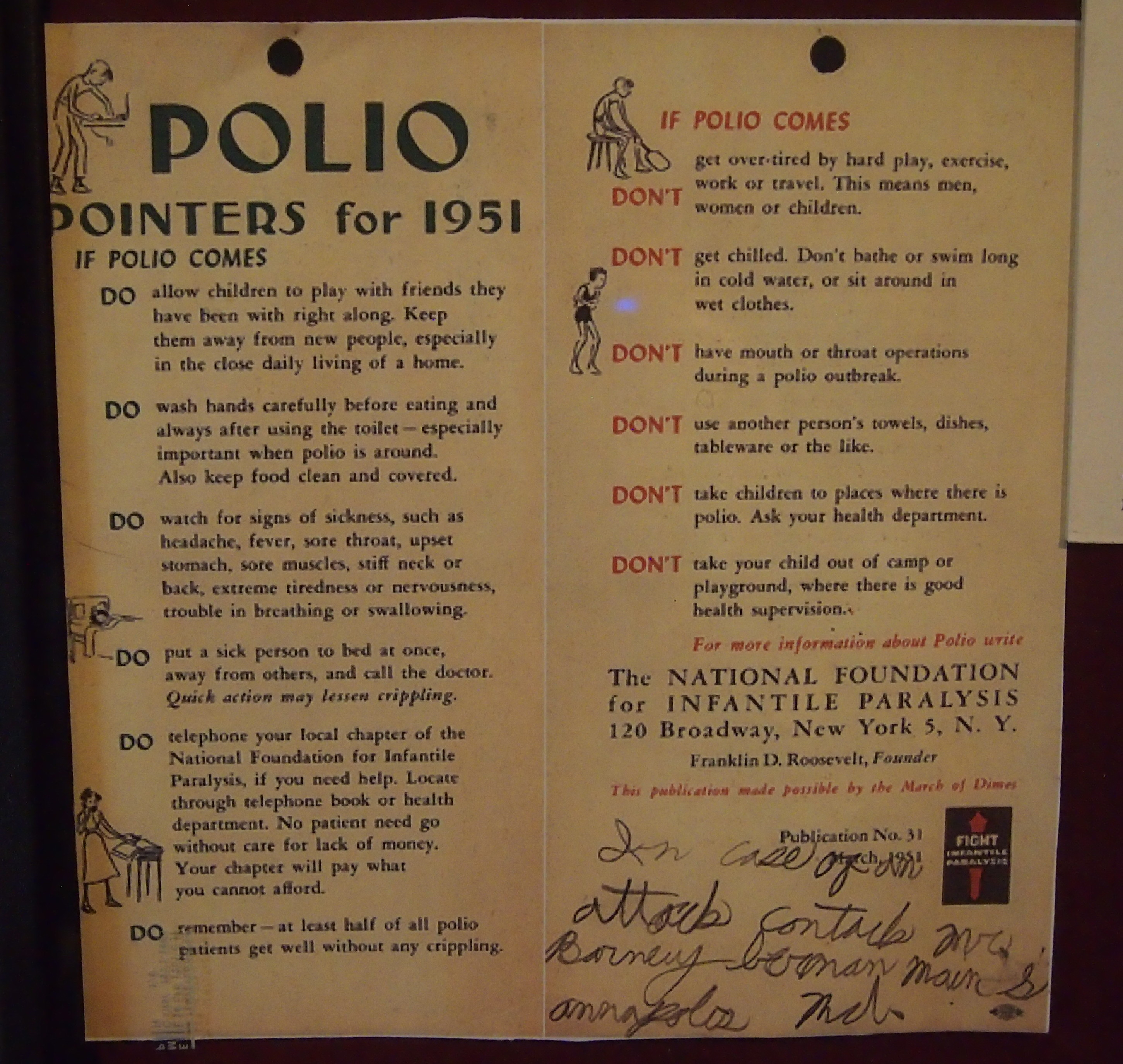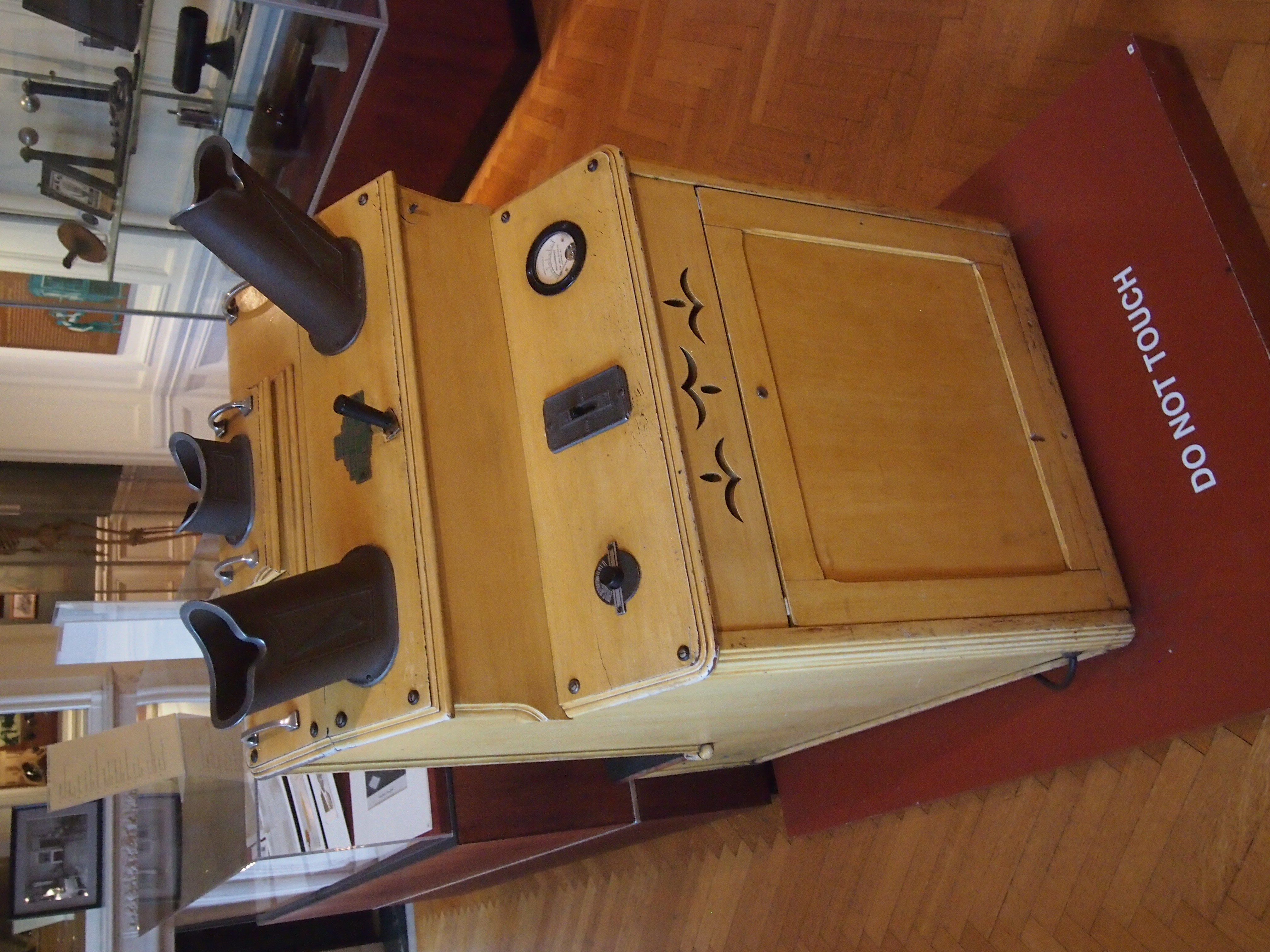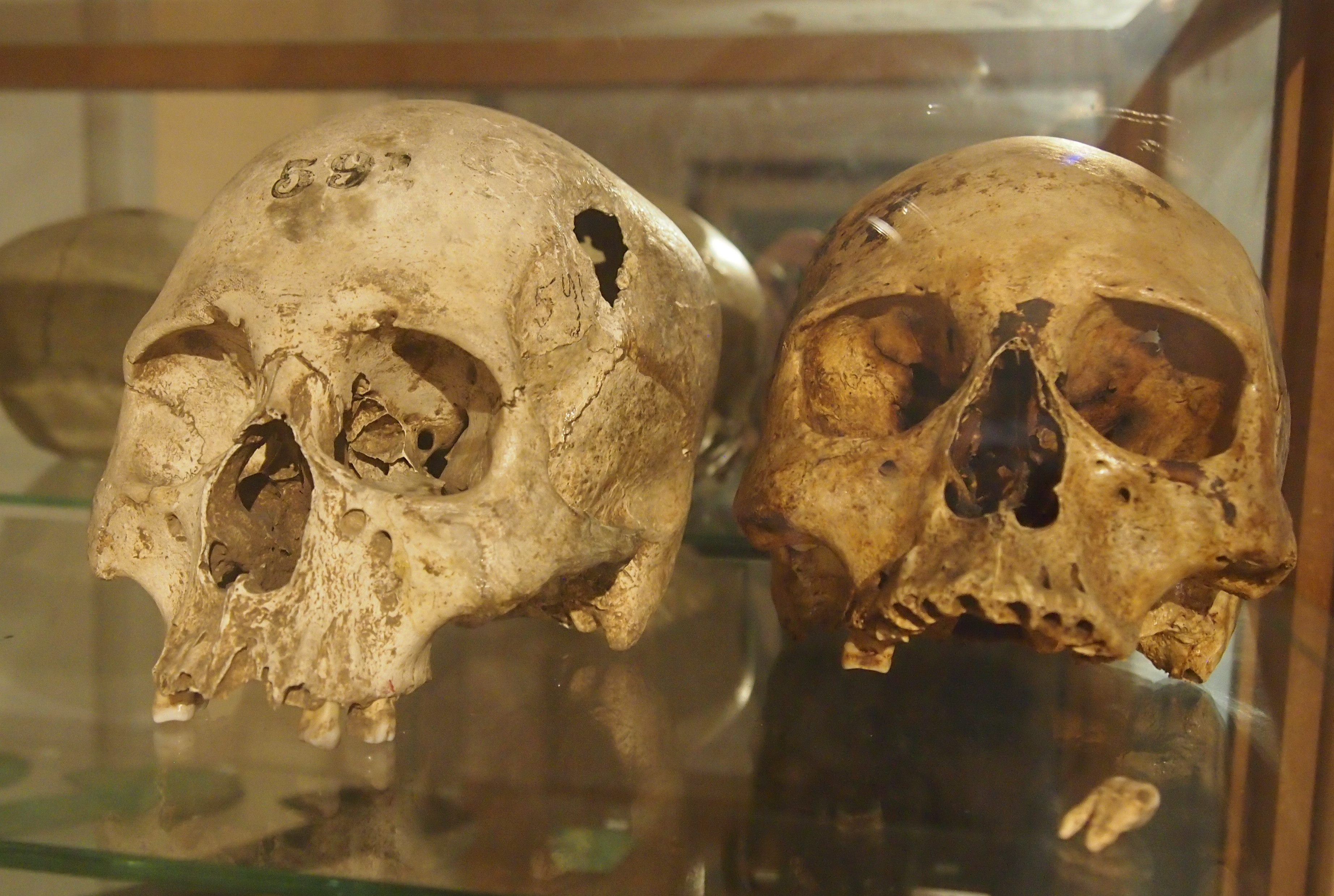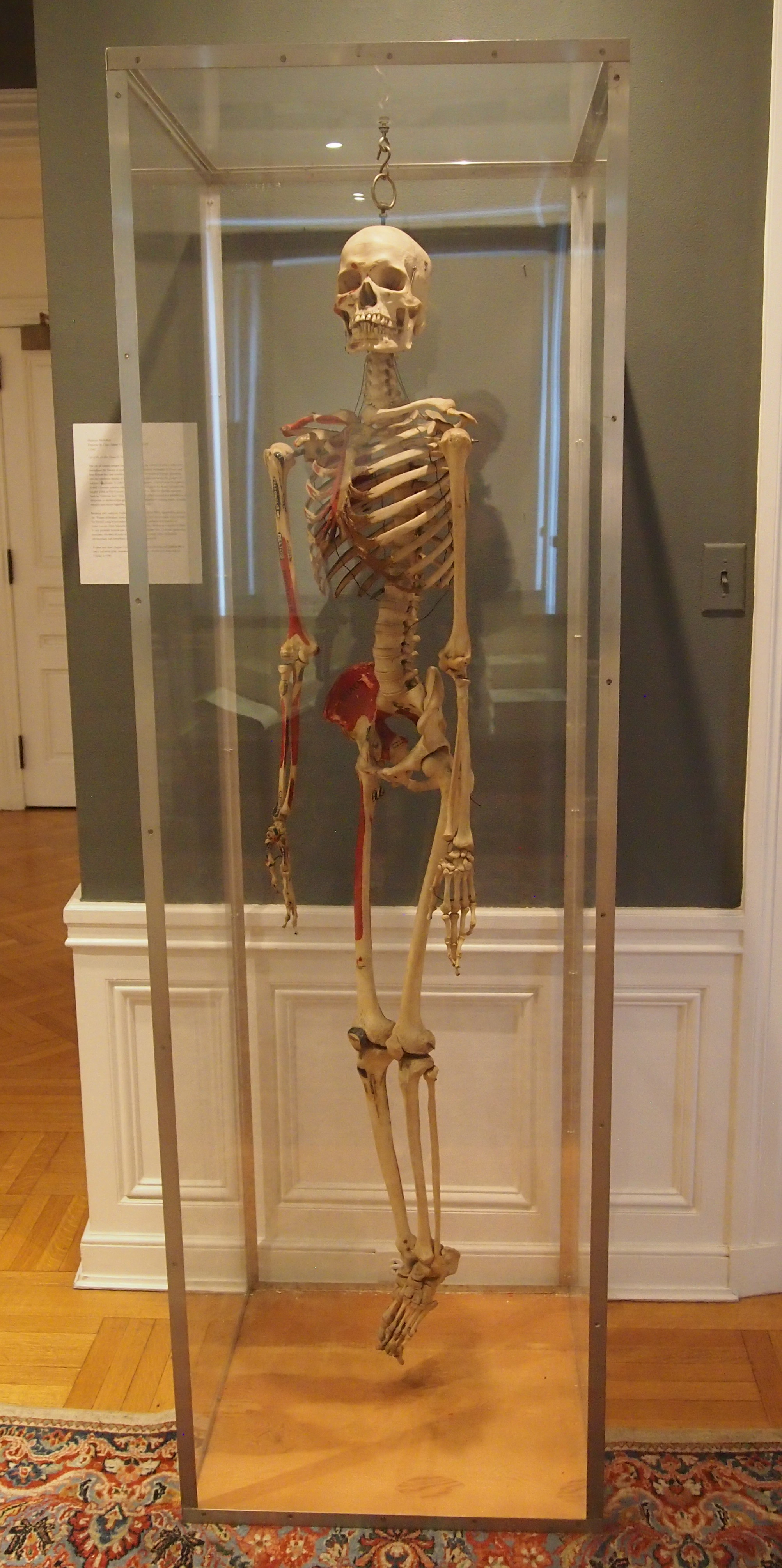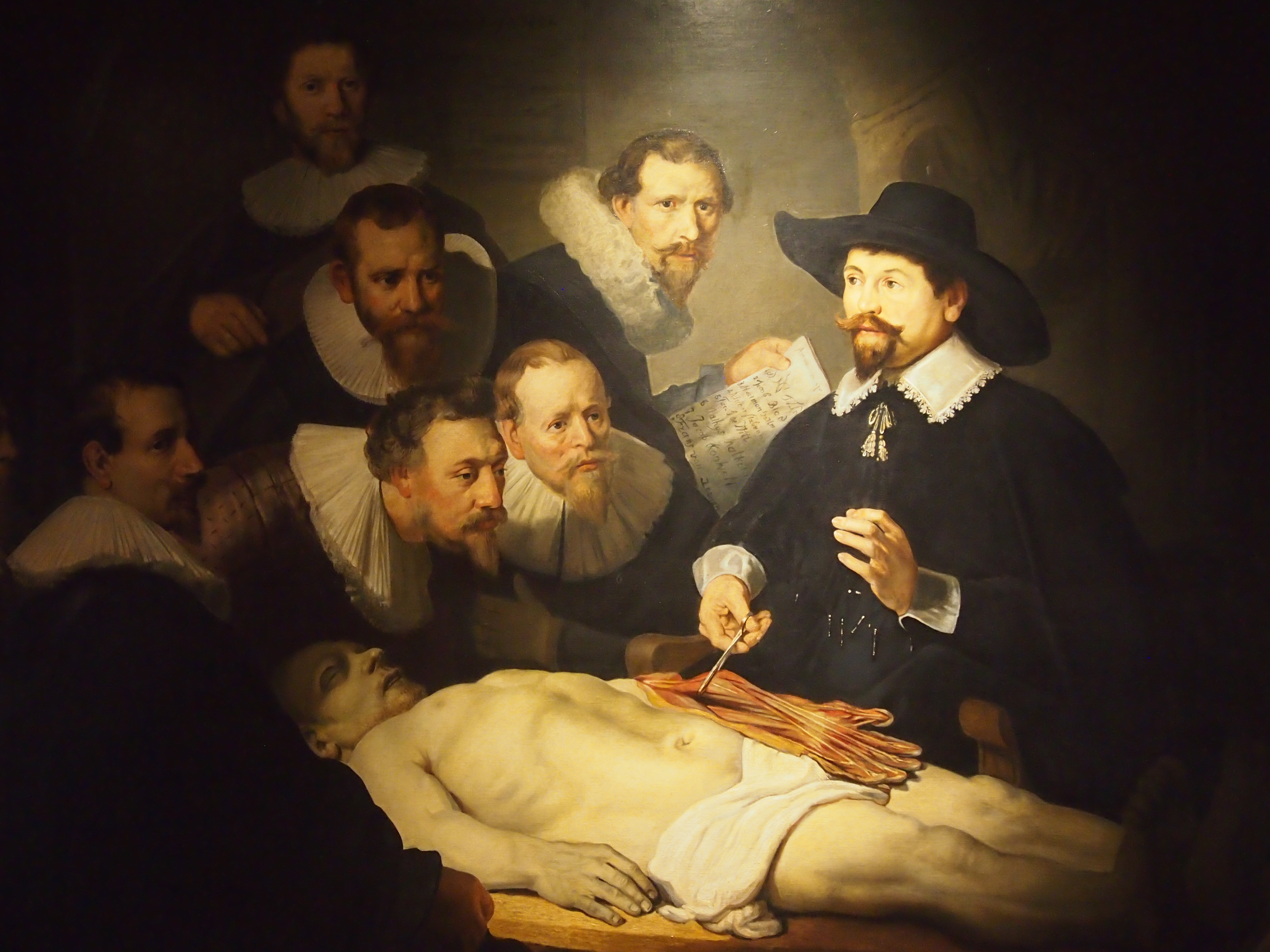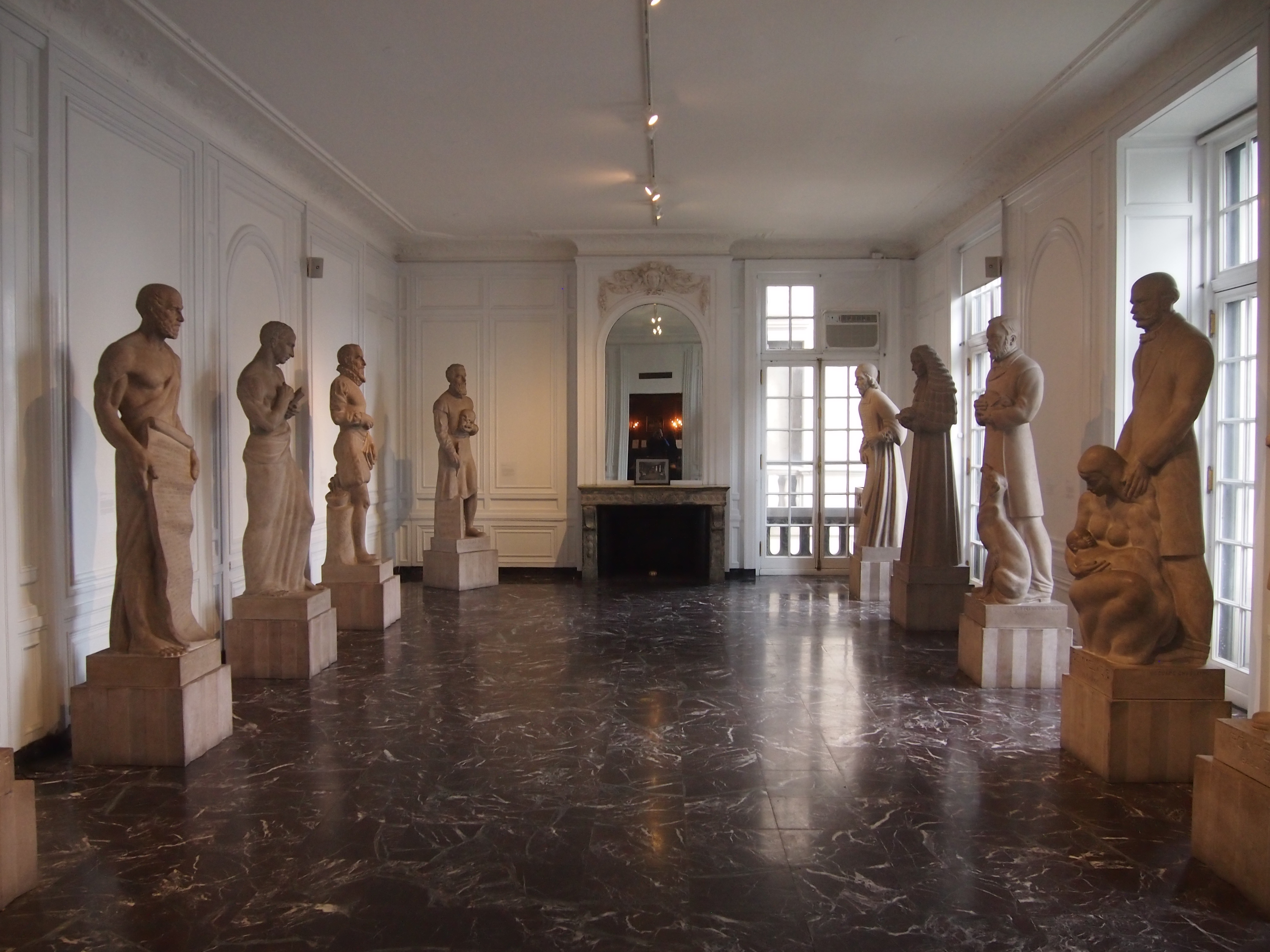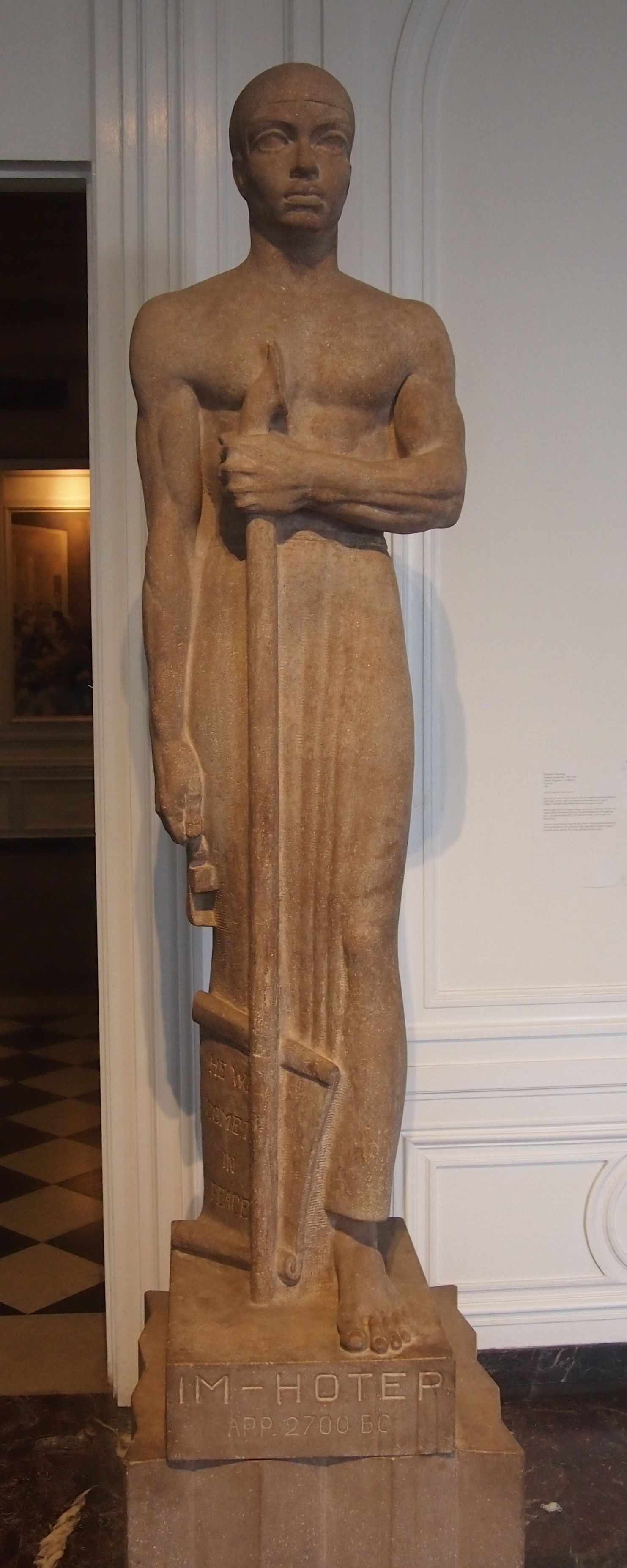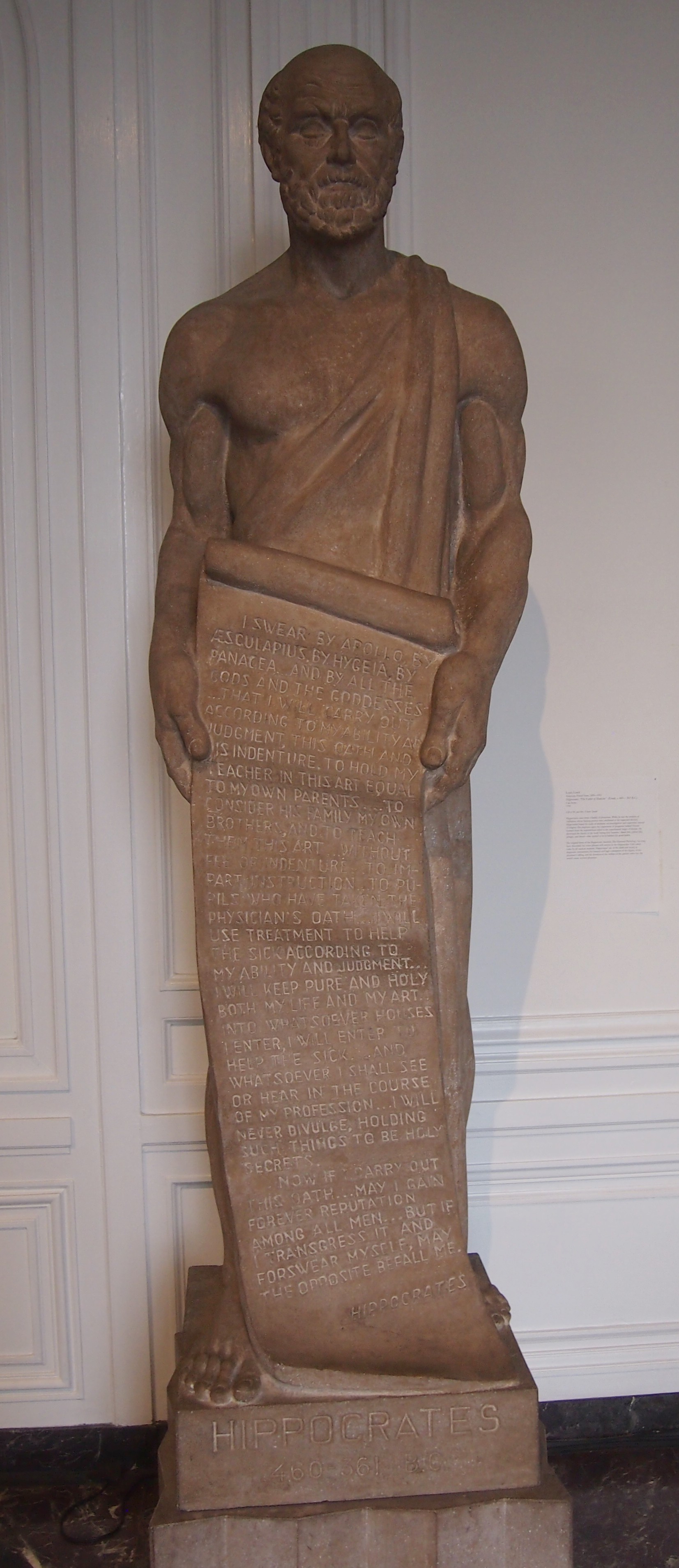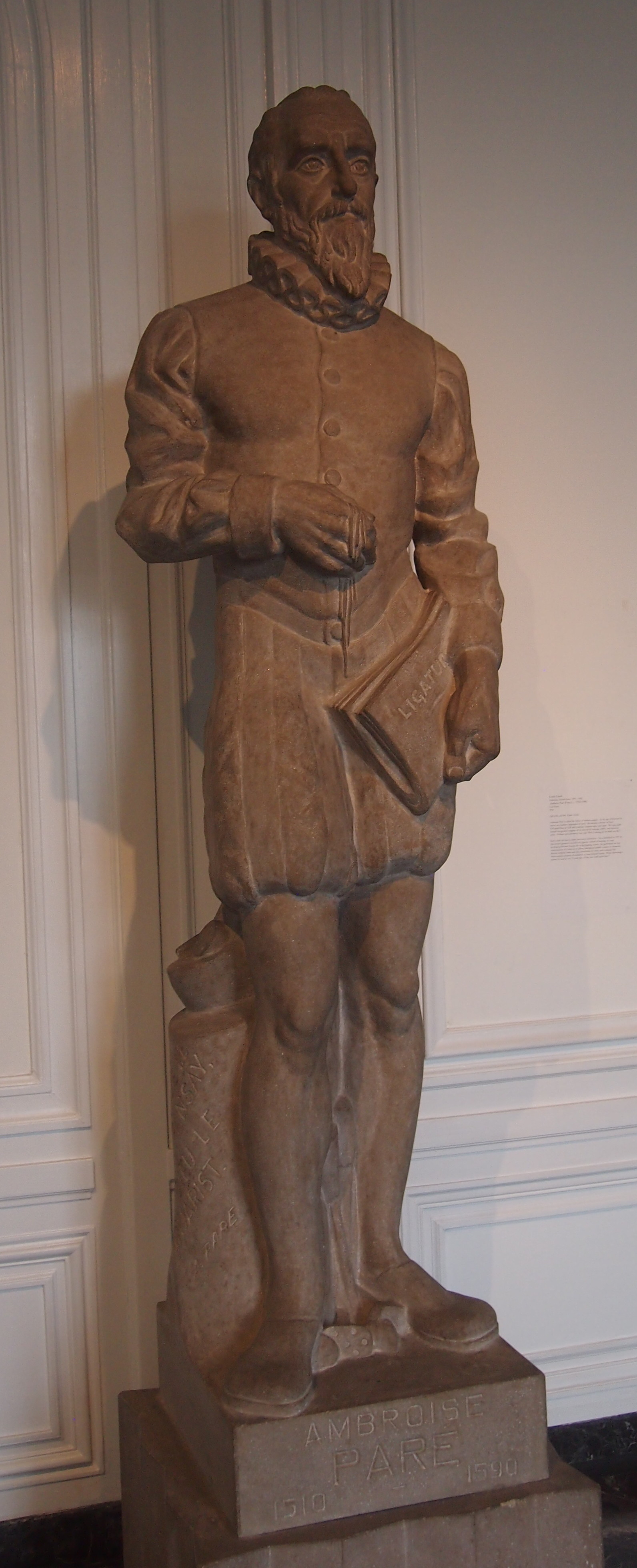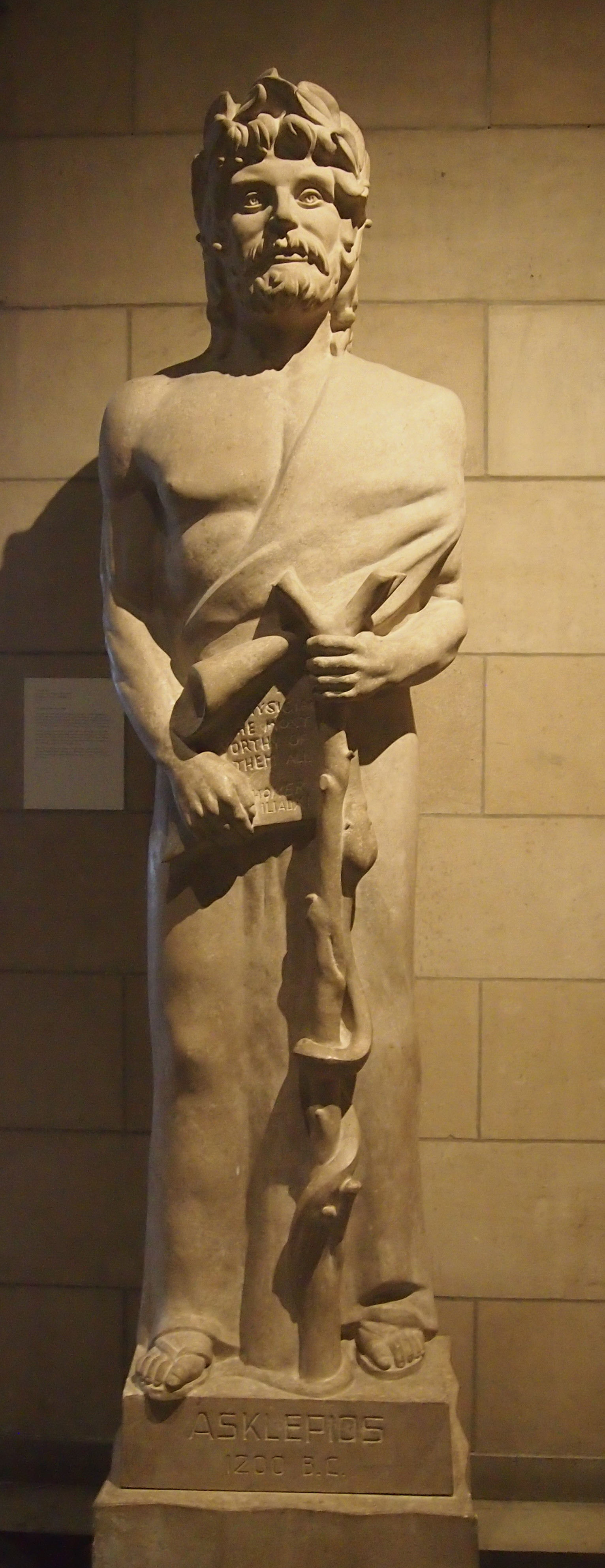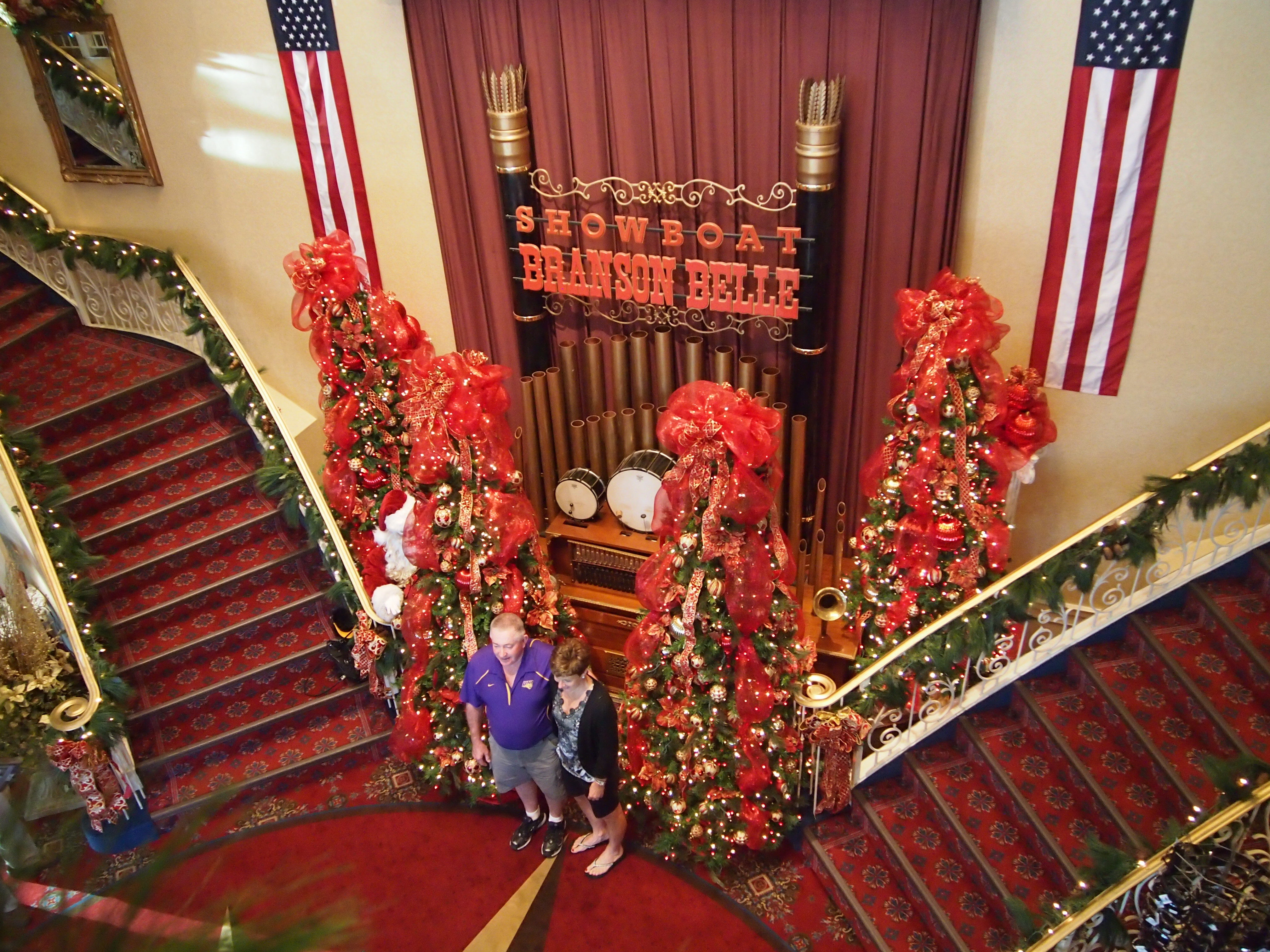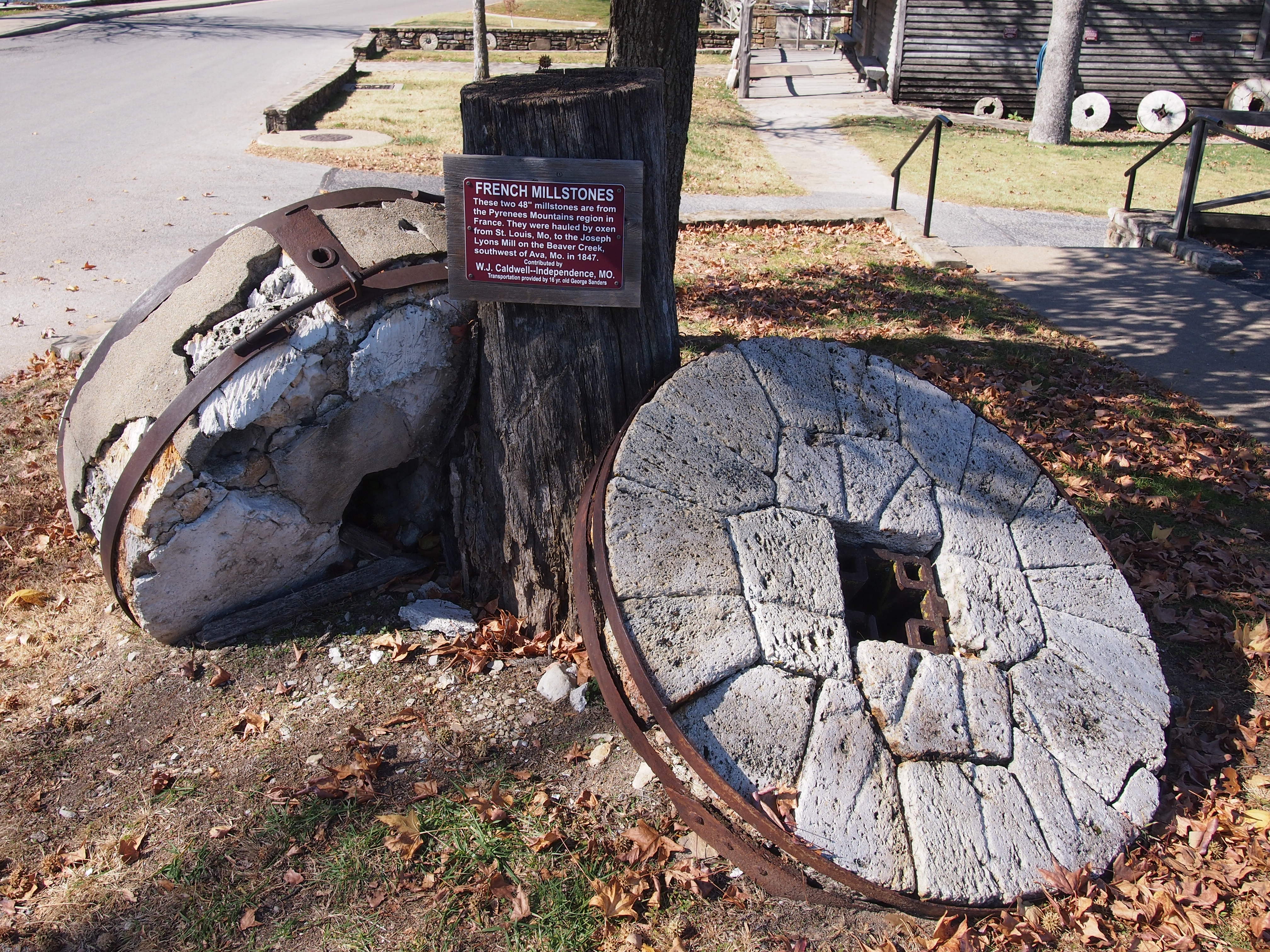One thing I forgot to link to yesterday: Famous Balloon Movies, Chapter 2, a scene from CasaBalloona.
Watching Casablanca must have put me in a mood to read about the ’40s, because at the library today I saw a copy of His Final Battle, subtitled “The Last Months of Franklin Roosevelt,” by Joseph Lelyveld (2016). I picked it up at once and checked it out. About time I read some more presidential books anyway.
The cover features the well-known photo of FDR hoisting his hat over a clutch of radio microphones. That’s from a 1944 campaign appearance in Chicago, at Soldier Field. The image is fuzzy, but the president looks worn out indeed.
He was born much too early to benefit from the polio vaccine, but only a little too early to benefit from blood pressure medication. Turning at random to a page (p. 91), I found the following:
“The conclusion [about FDR’s death] that comes closest to known facts was propounded in lectures and articles by Marvin Moser, a retired Columbia University medical professor: ‘Roosevelt represents a textbook case of untreated hypertension progressing to [likely] organ failure and death from stroke.’ In the medical literature, such hypertension is sometimes called ‘malignant hypertension.’
“…Safe and effective drugs to lower high blood pressure and prevent clots didn’t begin to become available for more than ten years after Roosevelt’s death. In the 1940s, only commonplace aspirin was widely recommended for purpose.”


